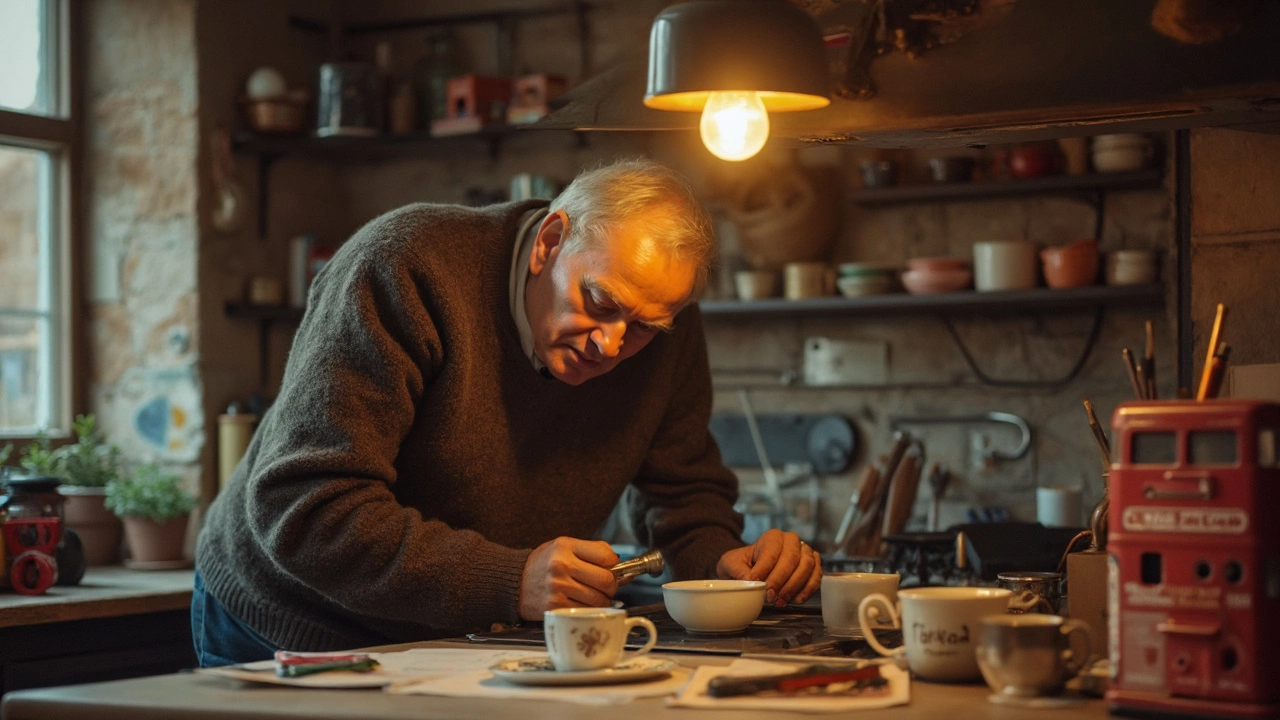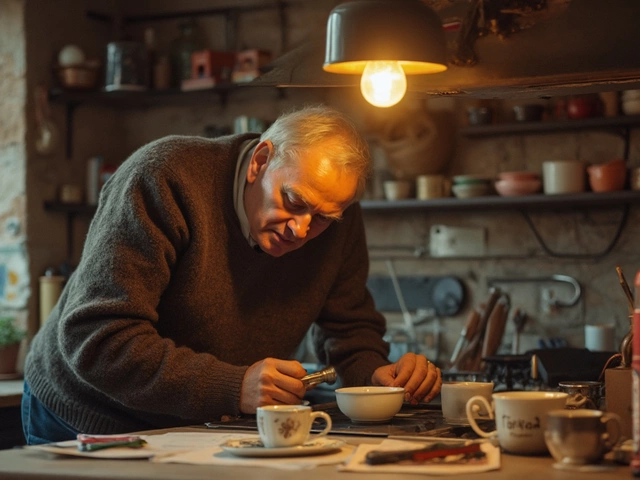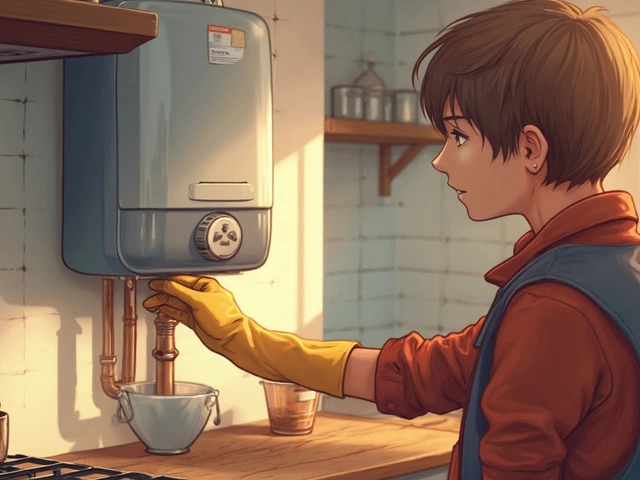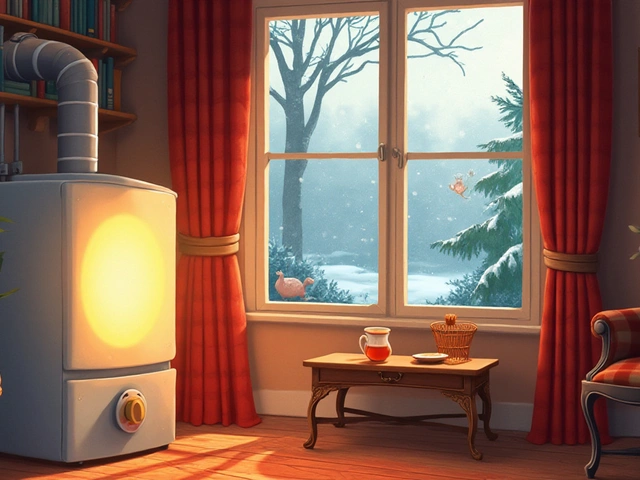If you've ever wondered whether your electric stove can be fixed, you're definitely not alone. Many people find themselves puzzled when their trusty kitchen companion suddenly refuses to heat those scrambled eggs. But don't worry, it's not always as bad as it seems!
First things first, understanding the common issues can help you figure out what might be going on. Burners not heating? It might just be a faulty coil or a loose connection. Oven suddenly turning off? Could be a thermostat issue. It's important to know that many of these hiccups are quite common and often fixable without needing a whole new unit.
You might be thinking, 'Can I really DIY this?' Absolutely, for some issues! Simple troubleshooting, like checking for blown fuses or ensuring the stove is plugged in properly, can do wonders. However, safety first—if the job gets too technical, it might be time to call in a professional. Knowing when to step back is just as crucial as knowing when to give it a go yourself.
- Recognizing Common Electric Stove Issues
- Basic Troubleshooting Steps
- DIY Repairs for Common Problems
- When to Call a Professional
- Cost Considerations for Stove Repairs
- Tips for Preventing Future Issues
Recognizing Common Electric Stove Issues
Alright, so you're standing there, staring at your electric stove, wondering why it's acting up. It helps to know what you might be dealing with before you roll up your sleeves. Let’s break it down.
Burner Issues
This one's a classic. If your burner isn't heating up, it might be a faulty coil that’s given up. Sometimes, it could just be a bad connection where the coil connects to the stove top. Try switching around the burners—if one works in another spot, you've got your culprit!
Oven Not Heating
Now, if the whole oven's refusing to heat, it could be the thermostat. The thermostat controls the temperature, and if it’s out of whack, your oven won't get the memo to heat. You might also want to check the heating elements, as sometimes they can burn out.
Strange Noises
Hearing odd sounds? Buzzing or clicking noises could mean loose or defective parts, especially switches or relays. While some noise is normal, anything beyond a gentle hum might be worth investigating.
Indicator Lights Not Working
This might seem trivial, but those little lights can be super useful. If they're not lighting up, it's often due to a broken bulb or faulty wiring. Not a biggie in terms of repair, usually.
Faulty Wiring
Sometimes, it’s just a wiring issue. Check if the stove is securely plugged into the outlet and if the outlet works. If you detect any burnt smells, stop everything—it's time to call an expert.
| Issue | Possible Cause |
|---|---|
| Burner not heating | Faulty coil or bad connection |
| Oven not heating | Thermostat or heating element issue |
| Strange noises | Defective parts or switches |
| Indicator lights | Burnt bulb or wiring |
| Faulty wiring | Loose connections or bad outlet |
So there you have it! Understanding these common issues can save you time and make sure you tackle the easy repairs without a hitch. Remember, safety first—know when to step aside and let a professional handle the trickier bits.
Basic Troubleshooting Steps
When your electric stove acts up, panicking isn't necessary—often, the problem is something simple. Here’s a straightforward guide to help you assess what's going on.
1. Check the Power Connection
First thing’s first: make sure your stove is plugged in properly. It's surprising how often this simple oversight is the culprit. If the plug looks fine, inspect the outlet for any visible damage. Look for tripped breakers in your circuit panel as sometimes it just takes a reset.
2. Inspect the Burner Coils
If one of your burners isn’t heating, swap it with another burner of the same size, if possible. If the swapped burner works, then the issue is with the original coil. A faulty coil just needs a quick replacement.
3. Look for Control Knob Issues
Sometimes, the knobs controlling the burners can be misaligned or loose. Take them off and adjust them back onto the control pins to see if that resolves the problem.
4. Test Heating Element
For ovens not heating properly, visually inspect the heating elements inside. They should glow red when working correctly. If not, they might need replacing.
5. Assess the Temperature Sensor
If your oven heats unevenly or doesn’t reach desired temperatures, the temperature sensor might be off-kilter. Refer to your stove manual for how to realign or replace this part.
These basic steps can often diagnose common problems with kitchen appliances, saving a call to the technician. But if you feel out of your depth or nothing seems to work, don’t hesitate to reach out to a pro!
DIY Repairs for Common Problems
Tackling electric stove repairs yourself can seem like a big task, but many fixes are more straightforward than you might think. Here are some hands-on solutions you can try before calling in the professionals.
Fixing a Burner That Won't Heat
If you've got a burner that's playing hard-to-get, it might just be the coil. Here's how to check:
- Make sure the stove is off and unplugged first—safety is key!
- Lift the faulty burner and carefully unplug it.
- Inspect for visible damage. If the coil looks burned or broken, it likely needs replacing.
- Try switching the malfunctioning coil with a working one to see if it heats up in a different position. If it does, the issue might be with the original socket.
Replacing a coil is usually just a matter of plugging in a new one, making it a pretty easy fix.
Dealing with a Sparking Stove
Sparking can be rather alarming. It's often due to a faulty socket or a loose connection. Here's what you can do:
- Ensure the stove is unplugged.
- Check if the coil is sitting properly in the socket.
- Inspect for dirt or moisture. A gentle clean might be all that's needed.
- If the sparking continues, replacing the socket might be necessary, which is usually a job for an expert.
Oven Not Heating Properly
So your pizza's half-baked? Often, this is related to a blown fuse or a faulty thermostat. Try these steps:
- Check the oven's fuses. If blown, replace them.
- Test the thermostat's functionality by turning the oven on and setting it to a specific temperature.
- Use an oven thermometer to verify if the internal temperature matches the set level. If not, the thermostat might be the culprit.
Remember, while it's empowering to handle these fixes, don't ignore your gut. If something feels too tricky, getting a professional's help is the smart move.
Fast Fixes and Tips
Sometimes, little things can make a big difference. Here's a quick stat to keep in mind:
| Repair | DIY Success Rate |
|---|---|
| Burner Issues | 75% |
| Thermostat Replacements | 60% |
More often than not, with a few basic checks, you can be back to cooking up a storm in no time!
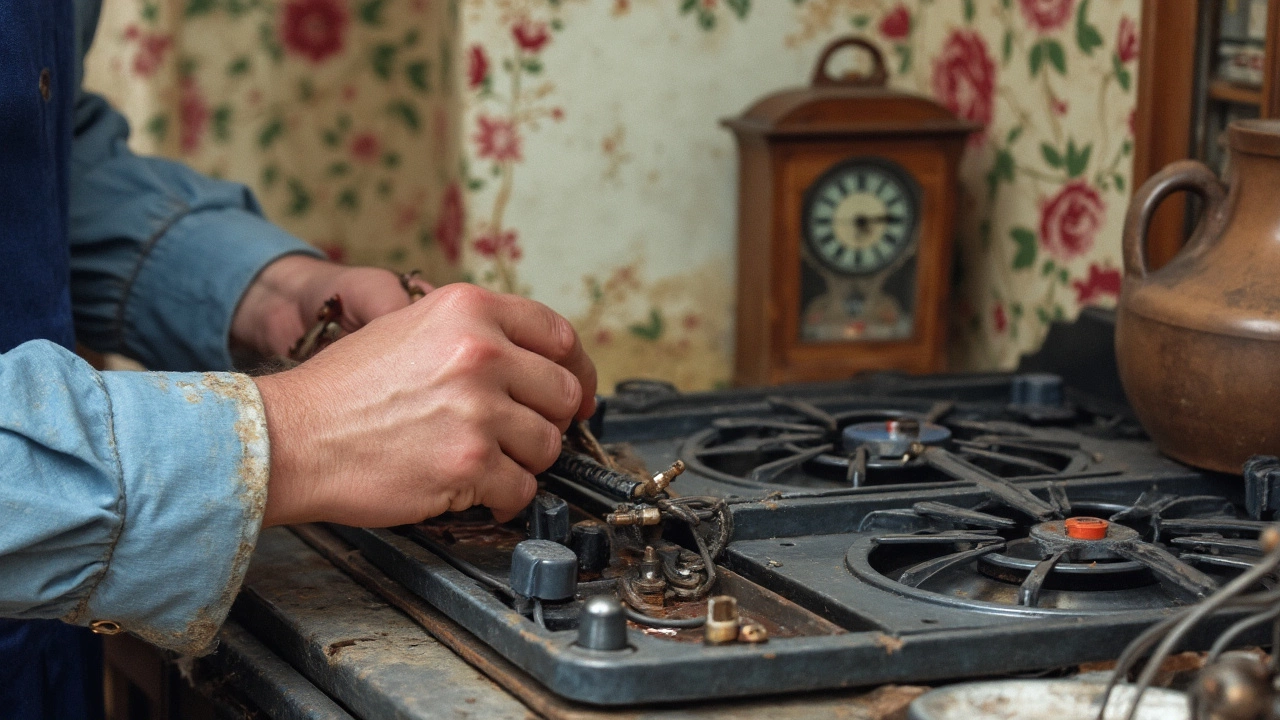
When to Call a Professional
Sometimes, no matter how many YouTube tutorials or how-to articles you read, tackling the repair yourself just doesn't cut it. That's okay! Knowing when to call a professional can actually save you time and possibly prevent further damage to your electric stove.
So, when does it make sense to bring in the experts? Here are some red flags:
Electrical Issues
If you notice sparking, a persistent burning smell, or any electrical buzzing, put down the screwdriver. These can be signs of wiring problems or faulty connections, which are hazardous to mess with. Professionals are equipped with the tools and know-how to handle these safely.
Complex Repairs
Some issues are just too complex. If your oven's thermostat needs replacing, or if you're dealing with intricate control board problems, it's time to call a pro. While it might be tempting to dig in, specialized equipment is often needed.
Frequent Breakdowns
Is your stove turning into a serial complainer? Multiple issues cropping up, despite your best efforts, could hint at underlying complications. A professional can give your appliances a thorough-check—the kind that can diagnose multiple problems at once.
No Improvement
If you've already tried repairing it yourself with no changes, it's probably best to get a professional opinion. There's no shame in acknowledging that your stove deserves some expert love.
Cost vs. Replacement
It's also worth considering the costs. Monitoring repair costs versus the potential expense of a new appliance can guide your decision. Sometimes a quick consult with a professional can provide clarity on whether it's worth fixing or if it's time to invest in something new.
Remember, calling a professional doesn't mean defeat. It means you're making a wise choice for your safety and the longevity of your kitchen appliance.
Cost Considerations for Stove Repairs
Ah, the million-pound question: how much is this actually going to cost me? Let’s break it down, so you can decide if repairing your electric stove is a good investment or if it’s time to hit up the appliance store.
Typical Repair Costs
On average, an electric stove repair might set you back anywhere from £50 to £150. Sounds broad, right? That’s because costs can vary wildly based on the problem. For example, replacing a faulty burner coil could cost around £20, while fixing complicated wiring issues could be closer to the higher end of that range.
Parts vs. Labor
Sometimes, the issue is as simple as a blown fuse or a malfunctioning thermostat. Other times, it involves intricate repairs that might require professional help. Let's not forget: professional services typically charge for labor by the hour, often around £50. Plus, the price of any parts that need replacing, which might add another layer to your bill.
DIY Savings
If you’ve got a knack for fixing things, you might save some cash by handling minor repairs yourself. For instance, cleaning or replacing knobs, tightening loose connections, or even swapping a burner can be relatively straightforward. Doing these on your own could save you at least the labor costs.
Replacement vs. Repair
There's a tipping point where the cost of repairs starts nudging into new appliance territory. If your stove’s over a decade old and repairs start adding up to 50% of its original price, you might want to consider buying a new one. Today's models are more energy-efficient anyways, which could save you money in the long run.
| Repair Task | Estimated Cost |
|---|---|
| Replace Burner Coil | £20 - £35 |
| Fix Thermostat | £75 - £100 |
| Professional Labor | £50/hour |
Ultimately, it’s all about weighing the short-term costs against long-term benefits—kind of like deciding between splurging for a fancy dinner or saving up for a summer holiday. Think through your budget, the age of your stove, and how much you rely on it daily. In the end, what's most important is having a safe and functional kitchen space.
Tips for Preventing Future Issues
Now that you’ve got the lowdown on repairs, let’s talk about keeping your electric stove running smoothly so you don’t have to deal with unnecessary headaches. A little TLC goes a long way with these handy kitchen companions.
Regular Cleaning
Yeah, cleaning might not be anyone's favorite job, but keeping your stove clean is one of the easiest ways to avoid problems. Grease and food particles can build up, causing burners to heat unevenly or not at all. Make it a habit to wipe down surfaces after each use and give it a deep clean every month.
Check the Burners
Occasionally inspect the burners for any signs of wear or damage. This includes looking for cracks or burnt spots on the coils. If something seems off, replace the burner to prevent it from causing bigger issues down the line.
Mind the Wiring
Your stove’s wiring is like its nervous system. Damaged cords or connectors can lead to shorts or other electric problems. Make it part of your routine to inspect the wiring every few months. Ensure cords are not frayed or pinched, and all plugs are secure in their sockets.
Overload Awareness
The kitchen's a busy place, but try not to overload circuits by plugging in all the appliances alongside your stove. This can cause electrical overloads, possibly damaging your stove or causing power outages. Try connecting your stove to its dedicated circuit whenever possible.
Service and Maintenance
Even if nothing seems wrong, getting a professional to service your stove once a year can be a smart move. They can catch potential problems before they escalate into costly repairs. It's a small investment for peace of mind.
Use Correct Cookware
Finally, using the right cookware can prevent damaging your stove’s surface. Uneven or wrongly sized cookware can lead to inefficient heating and might crack glass tops over time.
Keep these tips in mind, and your electric stove should serve you well for years to come. It's all about maintenance and knowing the early signs when something's just not right.

